So you’re roadtripping around Iceland and enjoying the most incredible landscapes you’ve ever seen in your life when you suddenly get hungry. No big deal, right? Just head to the nearest grocery store and grab some food. But when you pull out Google Maps, you see the closest grocery store is back in Vik, over 100 miles away in the wrong direction. Your only option is a gas station convenience store about 49 miles ahead in Höfn, because the one restaurant 6 miles back closed at 4pm.
This is a real scenario with real distances from Diamond Beach & Jökulsárlón, one of the most popular things to do in Iceland.
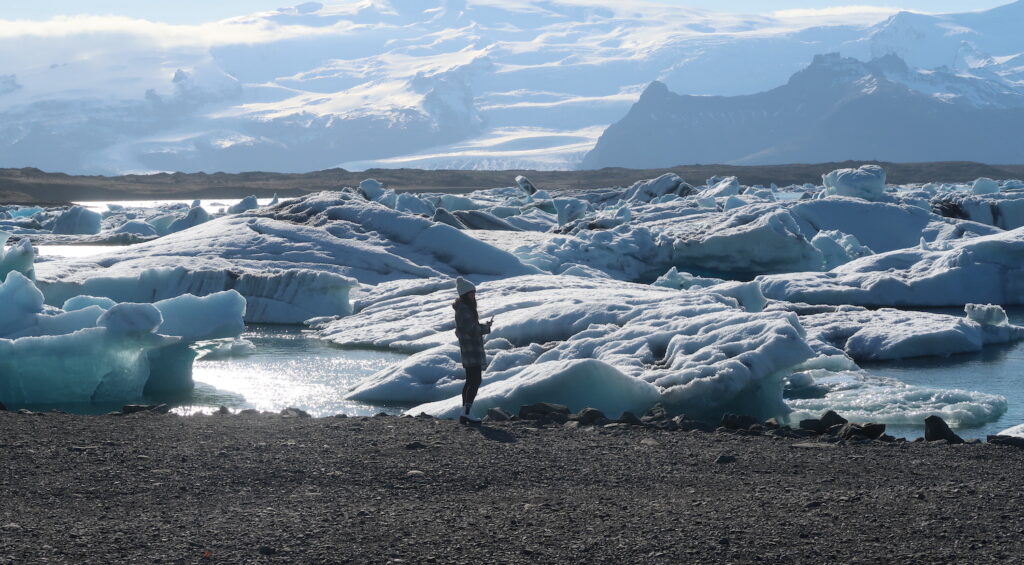
Eating in Iceland takes planning, and this comprehensive guide answers all your questions to ensure you never go hungry while exploring this amazing country.
TL;DR
- PLAN AHEAD
- Shop at Bonus (cheapest) or Kronan (next cheapest) in Reykjavik and stock up.
- There are sometimes hundreds of miles between grocery stores.
- On a road trip, check if there’s a grocery store where you’re going and its hours BEFORE you get there.
- Groceries aren’t as expensive as you might think they are.
1. What Are the Names of the Major Grocery Store Chains in Iceland?
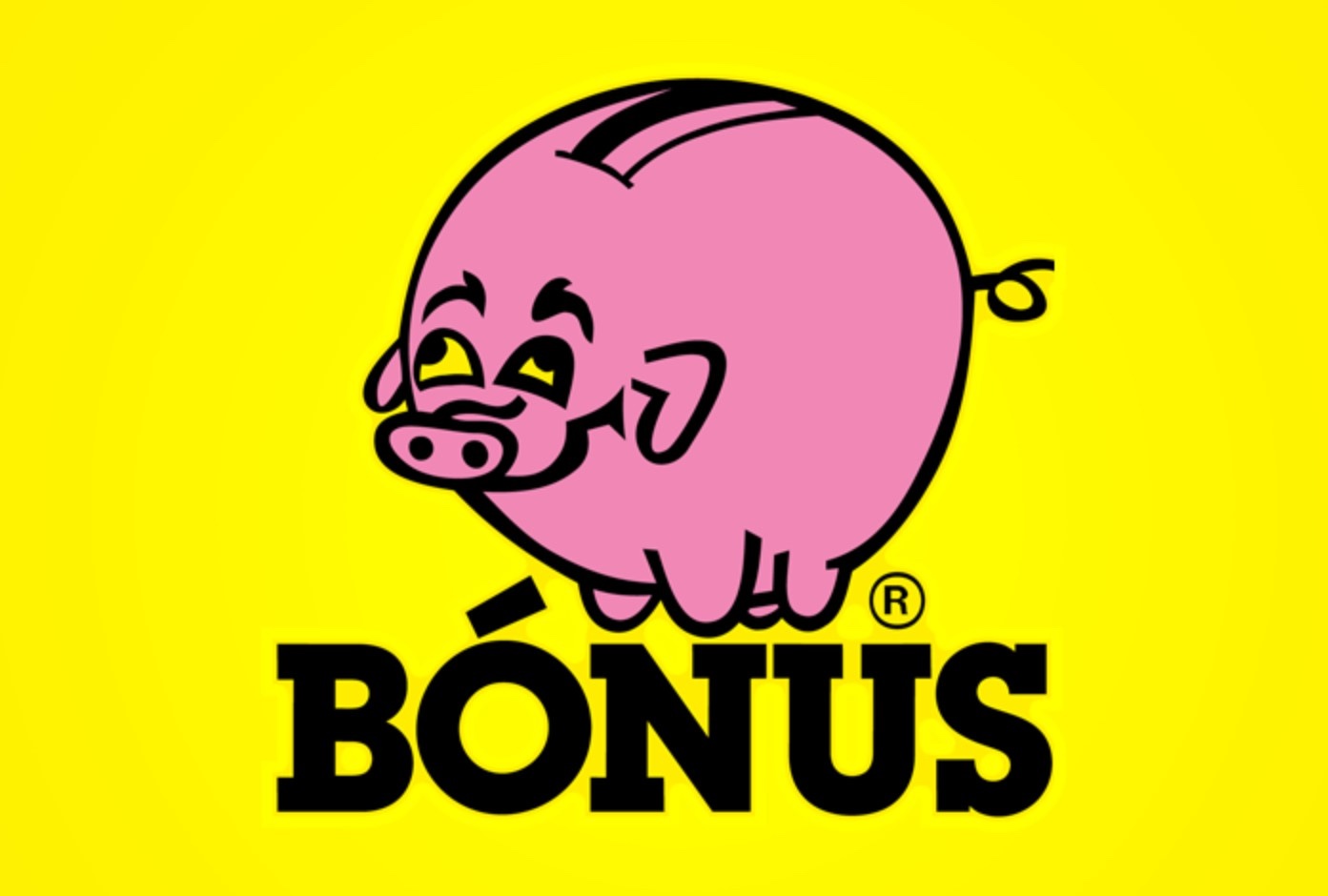

The major grocery store chains in Iceland are Bonus and Kronan. Just from their names and logos, you know these stores are focused on discounts. Bonus’s logo is a piggy bank, and Kronan literally means “coin” in Icelandic – hence the yellow coin in the logo. Both stores have good deals and are only slightly more expensive than shopping in a normal big city in America or Europe. Hours are limited, so you need to plan ahead to make sure you shop when they’re open.
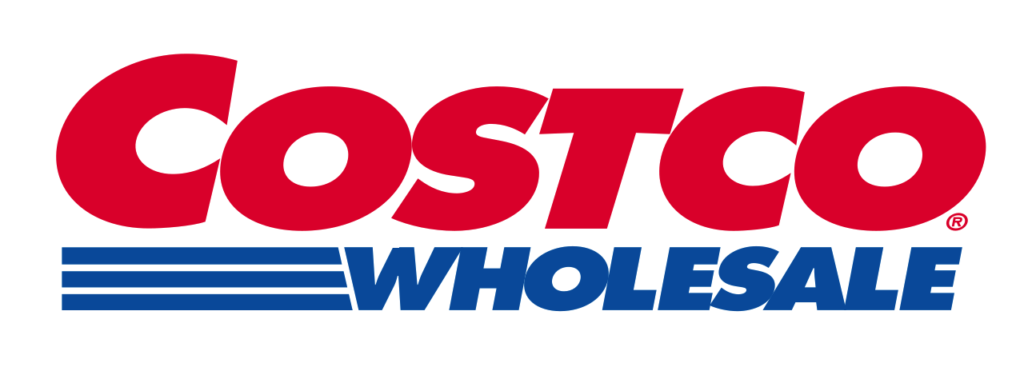
You can also find a Costco just outside Reykjavik, but that’s the only one. If you’re staying for a long time or shopping for a large family or group, buying some of your staples in bulk may be a great option for you.
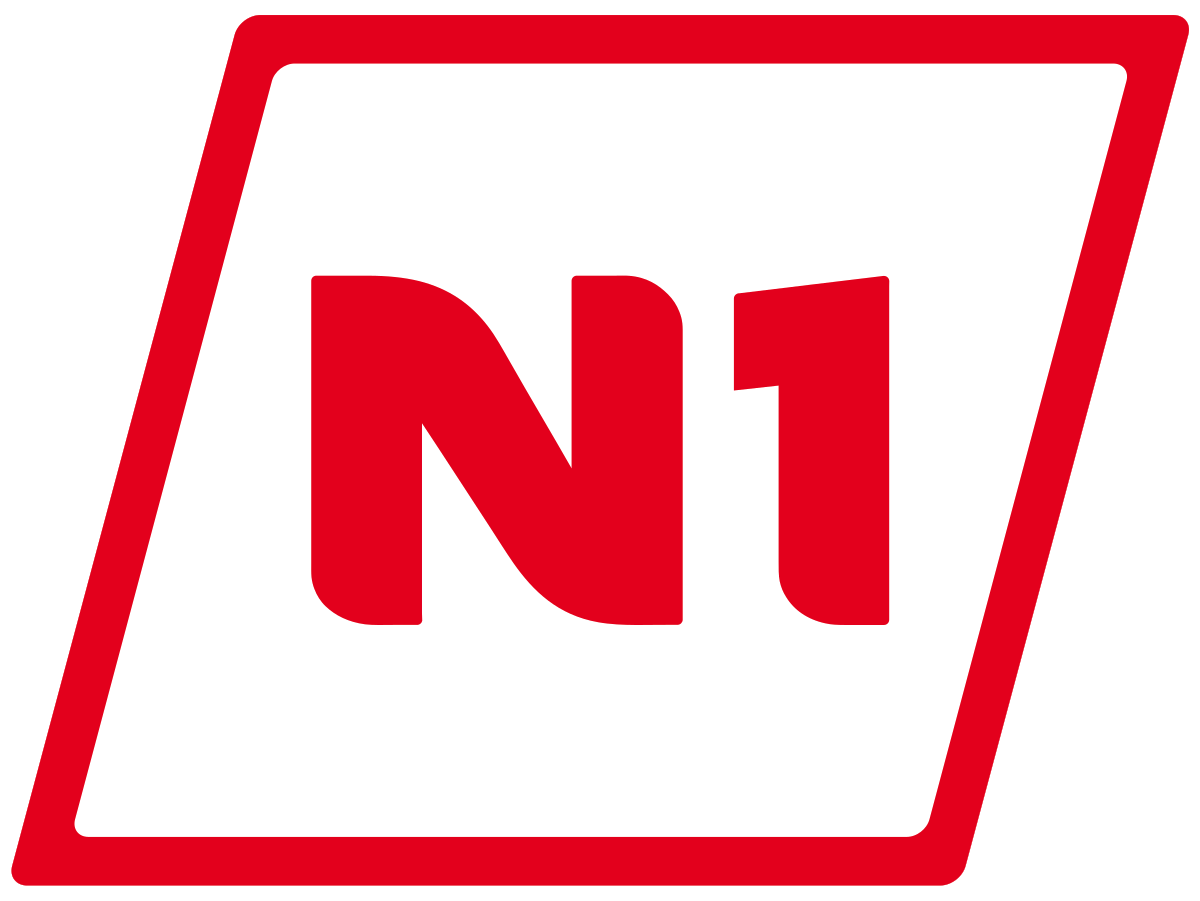


Some N1 gas stations have a fairly large selection to almost be considered a grocery store, but the prices are still higher than Bonus and Kronan. You can also find groceries in some other stores like Nettó and Hagkaup. The hours are usually a little more extended than Bonus and Kronan, and you can also buy clothes and other supplies there (they’re like little department stores), but you pay for these extra conveniences with higher prices.
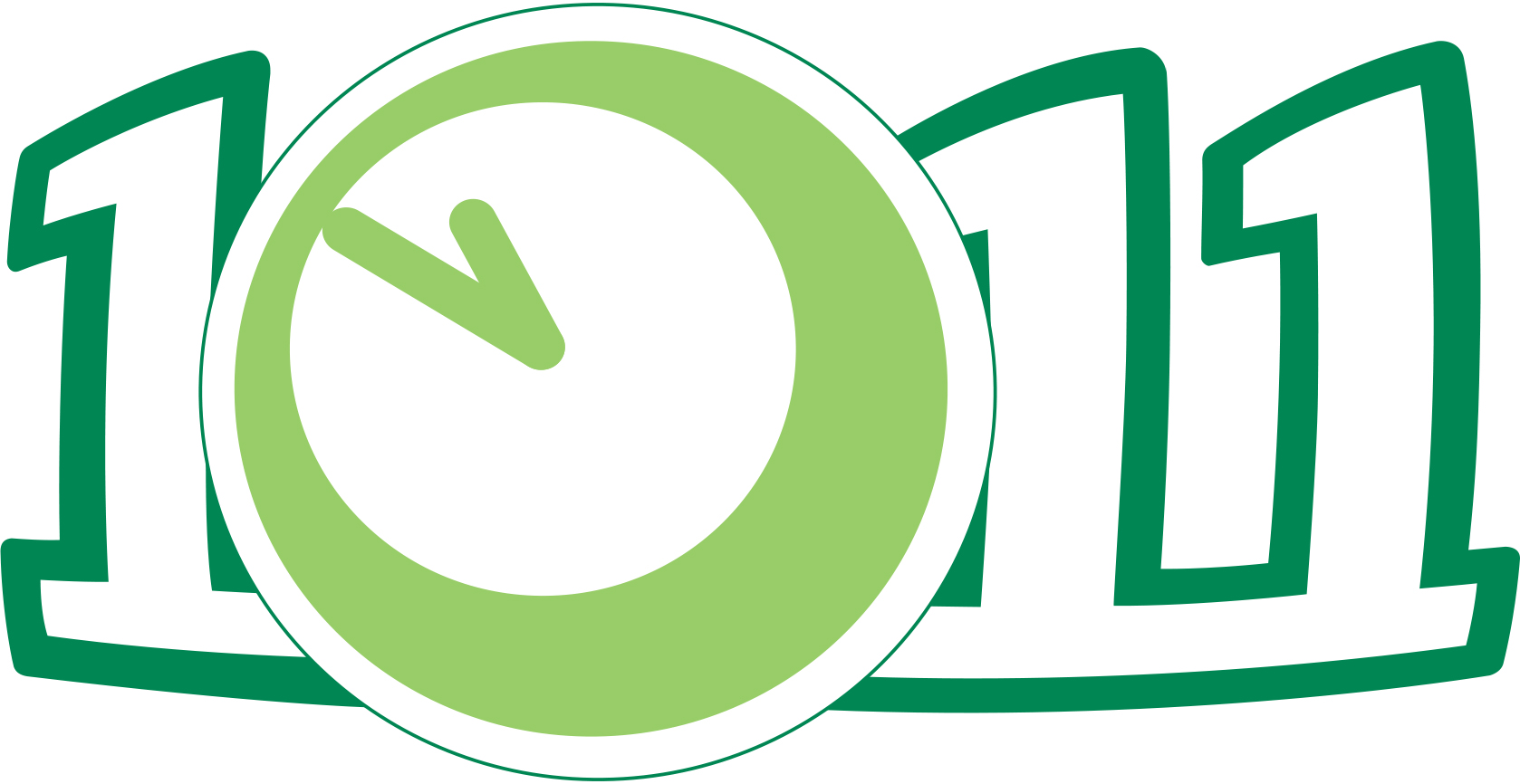
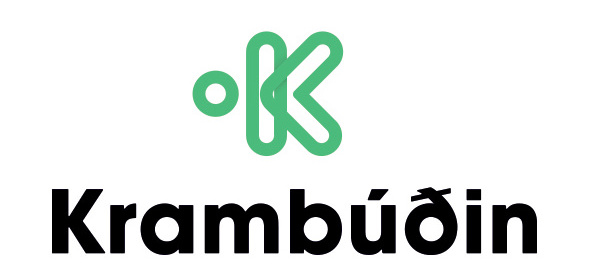

Finally, you can find convenience stores like 10/11, Krambúðin, and Kjörbúðin. These are ok if you’re desperate, but they’re outrageously expensive and very limited on selection. It’d be like trying to do your grocery shopping at a 7/11 or CVS. Some of the 10/11’s in Reykjavik are open 24/7, so that’s convenient. But once you get out of the city, these all have normal hours as well – mostly 9am-6pm or 10am-7pm.
2. Where Are the Main Grocery Stores Located in Iceland?
Most of Iceland’s grocery stores are concentrated in Reykjavik and the surrounding suburbs. If you’re driving the ring road, you’ll find a few in each of the “major” cities along the route: Selfoss, Vik, Egilsstaðir, and Akureyri. Other than that, you’ll have to rely on gas stations and small (more expensive) corner markets wherever you go. That’s right, in the 820 miles of driving, you’ll pass by fewer towns with grocery stores than you can count on two hands.
Here’s a rough map of all the grocery stores outside of Reykjavik…
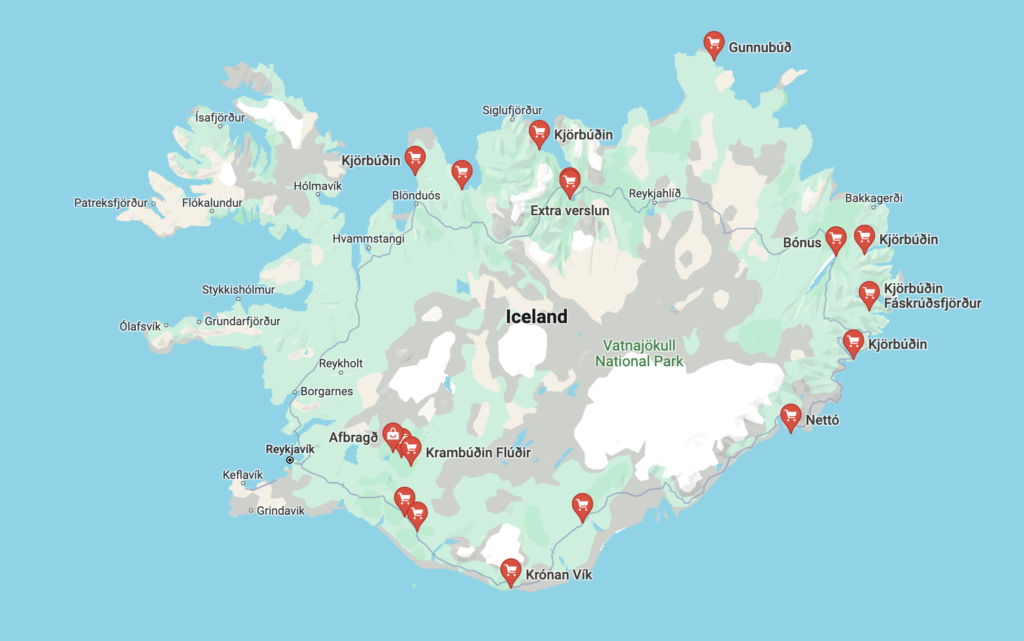
Your best bet if you’re traveling around Iceland is to stock up when you’re in a city – especially things that don’t need to be refrigerated, like bread and peanut butter & jelly, or granola bars and crackers. I could survive for quite a while on just those staples.
3. What Are the Typical Operating Hours for Grocery Stores in Iceland?
Bonus and Kronan are typically open from around 10am to 8pm. Sometimes in Reykjavik the hours are extended from 9am to 9pm. Out in the smaller towns along the ring road, hours are reduced to 11am to 6pm. Weekends and Sundays are even more limited, sometimes only open for a few hours in the middle of the day. You can always get the open hours by checking Google Maps.
Grocery shopping cannot be an afterthought – you need to plan ahead and see if there is a grocery store where you’re going and if there is one, when the store is open. If you think you can swing by a grocery store on your way out of town in the morning for a road trip and grab some snacks for the road, you’ll be out of luck. And if you think you can grab some food when you get to your destination in the evening, again, no dice. This has happened to us more than once where we assumed a town would have a grocery store and we were sadly mistaken when we arrived. For example, we stayed in Flúðir, a small town on the Golden Circle route, and we arrived around 8pm. No grocery store, only a Krambúðin (a corner market convenience store) and it closed at 7pm. Good thing we still had PB&J.
4. What Types of Products Are Available in Icelandic Grocery Stores?
Honestly, you can find almost everything you would expect to find in your home grocery store, but just a little different. You’ll find local specialties like skyr (Icelandic yogurt) and some meats that you probably don’t normally eat. Some global brands are there, like Cheerios and Oreos, but many staples (bread, milk, butter, etc.) were from brands I didn’t recognize. Vegan and vegetarian options are surprisingly plentiful, but you’ll be hard-pressed to find any Kosher or Halal foods.
Here’s a quick look inside Kronan, from a screen capture from my video. Looks normal, right?
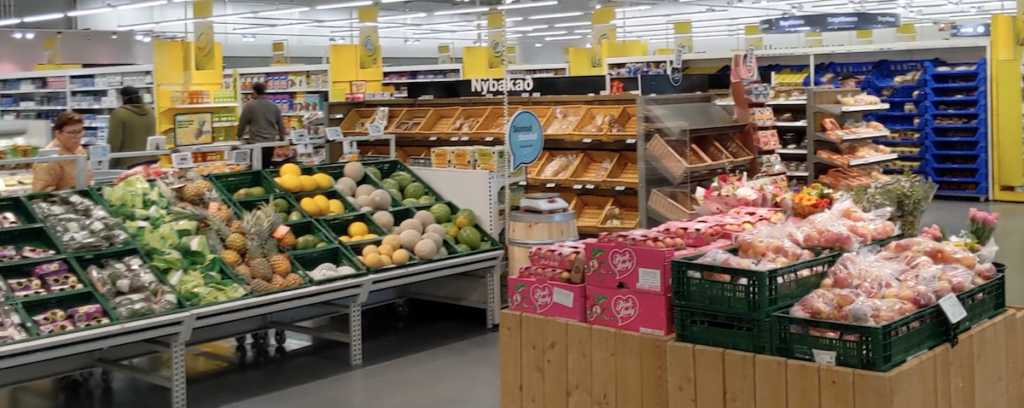
5. What Common Items Are Hard to Find or Very Expensive in Iceland?
As obvious as it may be, Iceland is an island in the north Atlantic – it’s hard to get things there. And much of the country is covered in lava, so it’s hard to grow things there. We had anticipated high prices on fresh fruits and vegetables, but were surprised that they weren’t too bad. There’s just not a large selection. Whereas at home you might have 6 kinds of apples, they might have 2 in Kronan or Bonus. Meats and cheeses are pretty expensive, but we found a couple good deals.
If you have a favorite brand, as I said earlier, that may be impossible to find. And if you have an extremely picky eater that prefers something very specific, you might run into issues because the Icelandic off-brand substitute isn’t quite the same.
If you have specific dietary needs or preferences, consider bringing some items with you.
6. How Can I Plan My Grocery Shopping If I’m Traveling Around the Island?
Plan your shopping around your travel route. It’s honestly not that hard, you just need to make sure you include this as part of your planning. Most of the time we travel, getting groceries is an afterthought – we get to a place and then look where a nearby grocery store is and one of us will go grab some food after we put the kids to bed. But you can’t do that in Iceland. As I mentioned above, they likely won’t be open as early or as late as you want it to be. Or there just may not be a grocery store in the area you’re exploring. Stock up on essentials in Reykjavik and other larger towns, and be mindful of your itinerary to avoid running out of essentials in remote areas. Consider using a cooler bag for perishable items if you’re on the road for several days.
For us, traveling with two kids – a 5 year old very picky eater and a 8 month old – we chose to stay in places that had kitchens so we could have the convenience of cooking for them. We did not want to go to a restaurant and pay for expensive meals that our kids would barely touch. This also allowed us to buy frozen dinners and other perishable items and keep them frozen/refrigerated and fresh. This was very helpful, and allowed us to eat well on a budget.
7. What Apps or Websites Can Help Me Locate Grocery Stores While Traveling in Iceland?
Use Google Maps. Just search “grocery” in a specific area and all the grocery stores I’ve mentioned above will appear. Clicking into each location will show you the store hours to help you make your plan. Many of the listings will also include pictures so if it’s not a Bonus or Kronan, you can gauge how big the selection might be and decide if it will suit your needs.
8. What Are the Average Prices for Basic Grocery Items in Iceland?
Here are some average prices in 2024 for common items, with prices translated in USD:
- Bread: $3-4
- Milk (1 liter): $2
- Pasta (1 lb): $1.15
- Apples (1 lb): $1
- Cereal: $5
- Diapers (52-count): $11
If you want to see more prices, you can watch the video I’m going to post on YouTube shortly.
9. What Payment Methods Are Accepted at Icelandic Grocery Stores?
We literally never even took out cash for our trip to Iceland. You can pay with a credit card everywhere. We have cards stored on our phones (Apple Pay and Google Pay) and most places accepted that as well.
10. What Languages Do I Need to Know in Icelandic Grocery Stores?
Don’t worry if you don’t speak Icelandic when going grocery shopping in Iceland. You’ll be fine. Not only do most products have Icelandic and English info, but most products have pictures on them so you don’t need to speak any language.
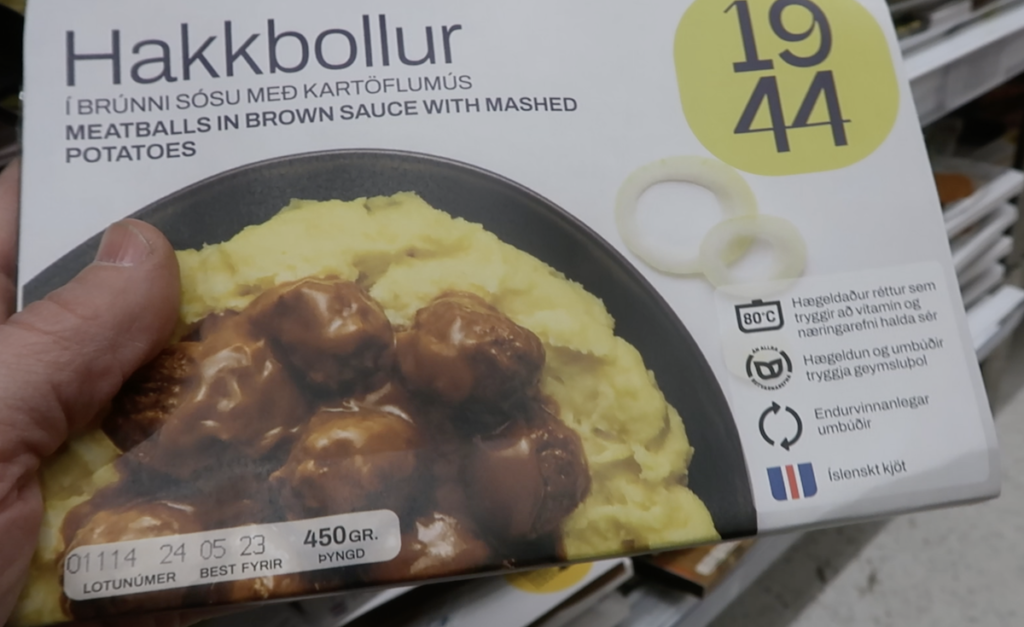
When checking out, most grocery stores have self-checkout lanes that you can switch to English, so if you’re nervous about interacting with a local because you don’t speak their language, you can avoid that, too (although they almost all speak some English and everyone we met is really nice).
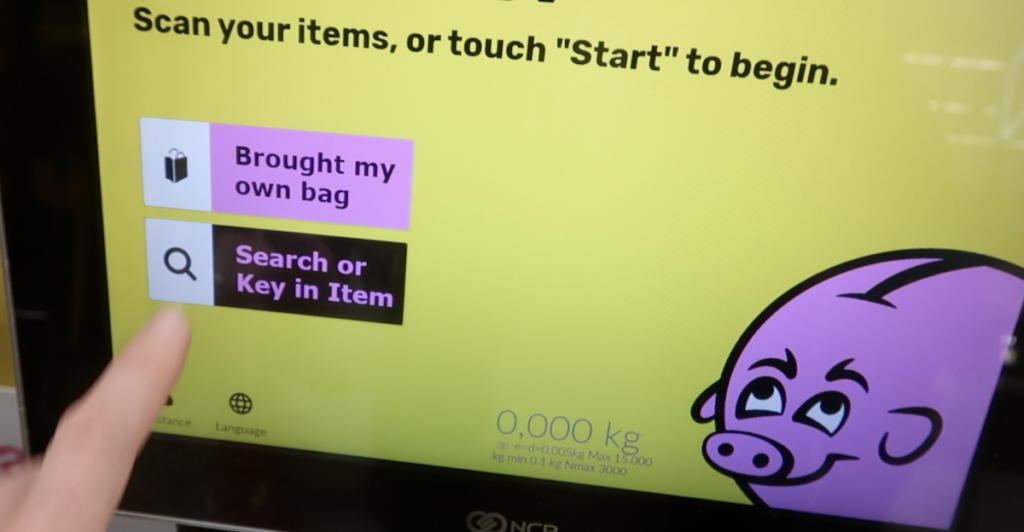
11. Are There Any Cultural Considerations or Etiquette Tips for Grocery Shopping in Iceland?
Icelandic grocery stores are generally self-service, so you’ll need to bag your own groceries. Bring reusable bags, as plastic bags may incur a small fee. And as is the case with grocery shopping anywhere in the world, it is polite to return your shopping cart to the designated area.
12. What Should I Do If I Run Out of Food Supplies While in a Remote Area?
If you find yourself running low on supplies in a remote area, check for gas stations (like N1 or Orkan) or small convenience stores (like Krambúðin and Kjörbúðin). The gas stations typically have longer hours, but you might still get stuck without any options. It’s always best to stock up on emergency snacks like cereal and granola bars in Reykjavik before you head out into the more remote parts of Iceland.
13. Should I Buy Bottled Water, or is Tap Water Safe to Drink?
Tap water in Iceland is safe, clean, and delicious. Bring a reusable water bottle that you can fill up at your hotel. But you may want to buy a large jug to have in your car for refills in case you’re away from civilization for a while or going hiking in the summer or something.
14. Should I Only Eat Food From Grocery Stores, or Should I Eat Out?
You should definitely eat out at least a few times while you’re in Iceland so you can try some of the local favorites. I recommend trying anything at Braud & Co Bakery, some fish stew, and the hot dogs at Bæjarins, all of which can be seen in our video from Reykjavik:
Other questions?
If we didn’t answer your questions, feel free to ask in the comments below or comment on our YouTube videos. We’re happy to share our insights to help you plan your trip.




Very helpful information. Thank you. How about Diet Coke? Is it readily available?
Hi Patsy. Yes! I’m pretty sure you can find Diet Coke in all the grocery stores, but you for sure can find it in all the corner markets.